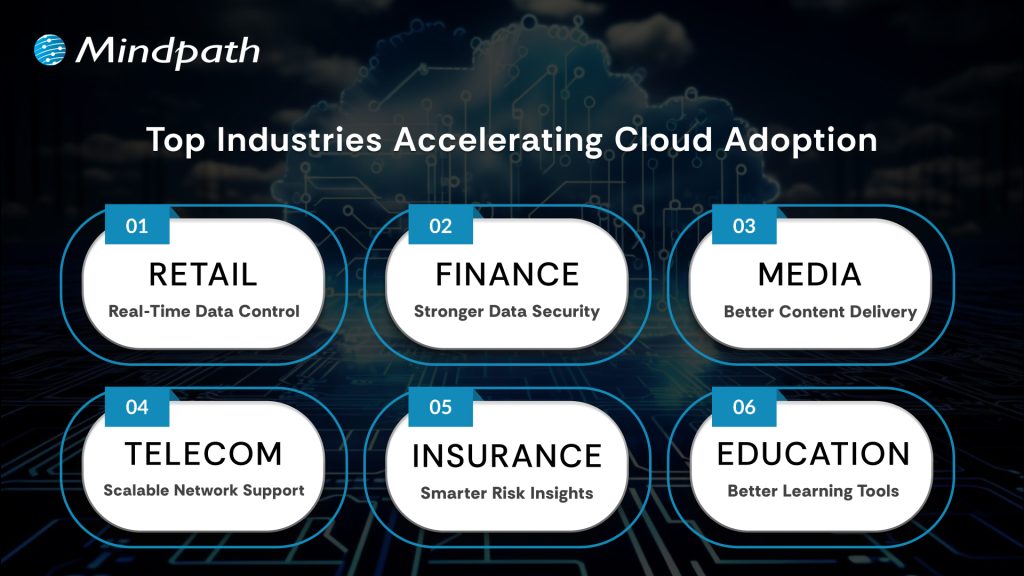When hiring Node.js developers in London it’s important to ensure they possess the right technical skills and experience. The following skills are crucial for building scalable, efficient, and secure applications using Node.js.
1. JavaScript Fundamentals
A solid foundation in JavaScript is required for any Node.js developer. Since Node.js is based on JavaScript, developers should be familiar with fundamental concepts such as closures, scopes, promises, and asynchronous programming. Proficiency in these ideas enables developers to build clean, efficient, and error-free code, resulting in peak application performance.
2. Node.js frameworks
Developers should be familiar with popular Node.js frameworks such as Express, NestJS, and Koa. These frameworks make programming easier by including powerful capabilities for routing, middleware management, and security. The framework of choice is frequently determined by project requirements; therefore, developers should be able to work with a variety of technologies to meet your needs.
3. Database Management
Node.js developers should be familiar with databases such as MySQL, MongoDB, and PostgreSQL. They must be knowledgeable with database architecture, query optimization, and effective data storage and retrieval methods. Understanding both SQL and NoSQL databases is essential for dealing with a wide range of data types and developing dependable, high-performing applications.
4. API Development
The ability to design and implement strong RESTful APIs is essential for Node.js developers. APIs are required for linking different portions of a program and allowing communication with external services. Developers should have prior expertise designing efficient, scalable, and secure APIs that match the demands of your company and customers.
5. Asynchronous Programming
Understanding asynchronous programming and how the Node.js event loop works is essential. Developers should be able to efficiently manage concurrent activities by leveraging callbacks, promises, and async/await. This guarantees that apps stay responsive even under high traffic or while dealing with enormous amounts of data.
6. Security Best Practices
Node.js developers must understand security best practices including input validation, data sanitization, and safe coding strategies. These techniques assist avoid common vulnerabilities like SQL injection, cross-site scripting (XSS), and cross-site request forgery (CSRF), assuring application security and user data protection.
7. Source Control
Proficiency in using Git for version control is essential for any modern developer. Node.js developers should be familiar with Git workflows to manage code changes, collaborate with team members, and track the history of project updates. Using Git ensures that the development process is smooth, organized, and efficient, even in large teams.
Looking for Skilled Node.js Developers in London?
At Mindpath. our Node.js developers bring expertise in JavaScript fundamentals, popular frameworks, database management, API development, asynchronous programming, security best practices, and version control.
Check out our detailed blog on how much it costs to hire Node.js developers in London to better plan your budget.














